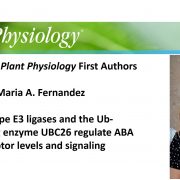
Recognizing Plant Physiology authors: Maria A. Fernandez
Plant Physiology, Plant Physiology: Author ProfilesMaria A. Fernandez, first author of RBR-type E3 ligases and the Ub-conjugating enzyme UBC26 regulate ABA receptor levels and signaling
Current Position: PhD candidate (FPU fellowship) in Dr. Pedro Rodriguez´s lab, at the Instituto de Biología Molecular y Celular de Plantas (IBMCP-CISC)
Education:…
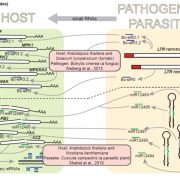
Review: Exchange of small regulatory RNAs between plants and their pests (Plant Physiol)
Plant Science Research WeeklyTrans-species small RNAs are the latest class in the family of signals that move between plants and their attackers. Hudzik et al. review this topic, covering small RNAs that move from plant to pest and from pest to plant. The transmitted RNAs function by interfering with gene expression in the recipient.…
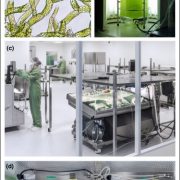
Review: Mosses in biotechnology (Curr. Opin. Biotechnol.)
Plant Science Research WeeklyPlant biotechnology often refers to crops and, more recently, algae, but biotechnology also applies to mosses. As Decker and Reski summarize, mosses have some of the same desirable features as algae, including a largely haploid lifecycle that facilitates genetic studies (including homologous recombination…
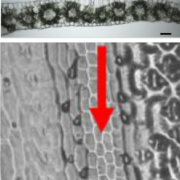
Machine learning enables high-throughput phenotyping for analyses of the genetic architecture of bulliform cell patterning in maize (G3)
Plant Science Research WeeklyBulliform cells lie in rows along the upper (adaxial) surface of the maize leaf, and through changes in volume contribute to leaf-rolling, which is a response to water deficit. Several mutants have been identified that affect bulliform cell formation and function, but as yet their occurance in natural…
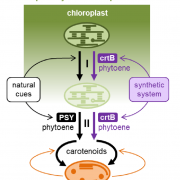
Synthetic biogenesis of chromoplasts from leaf chloroplasts (bioRxiv)
Plant Science Research WeeklyChromoplasts are a type of plastid, usually found in fruits and flowers, that can accumulate large amounts of carotenoids including beta-carotene (pro-vitamin A). It has been proposed that increasing chromoplast formation could be a way to enhance human consumption of vitamin A. In a new report, Llorente…

Mesostigma viride genome and transcriptome provide insights into the origin and evolution of Streptophyta (Adv. Sci)
Plant Science Research WeeklyMulticellularity has arisen independently many times across the eukaryotic tree of life (e.g., in plants, animals and fungi). Comparisons of green algae with land plants is likely to identify the genetic toolkit of multicellularity as well as the colonization of terrestrial habitats. Here, Liang et al.…
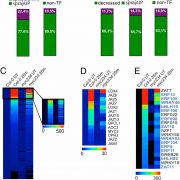
A MYC-dependent transcription factor network regulates water spray-responsive gene expression and jasmonate levels ($) (PNAS)
Plant Science Research WeeklyPlants perceive and respond to touch and other physical contact including wounding. Van Moerkercke et al. explored the network of rapid gene responses to a gentle water spray, simulating rainfall. Many of these mecho-induced genes are also responsive to jasmonate, the hormone involved in response to…
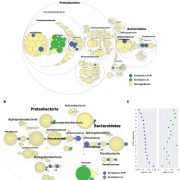
Pathogen-induced activation of disease-suppressive functions in the endophytic root microbiome ($) (Science)
Plant Science Research WeeklyDisease-suppressive soils have long been known, although it hasn’t always been clear how they function. Previous studies have suggested that soil microbes are responsible for disease suppression, because the suppressive property can be transferred to other soils and is lost when soil is sterilized.…
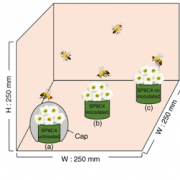
A mutualistic interaction between Streptomyces bacteria, strawberry plants and pollinating bees (Nature Comms)
Plant Science Research WeeklySome species of Streptomyces bacteria produce antimicrobial compounds that have been shown to enhance plant resistance to pathogens. Kim et al. show that his protection can extend to a pollinator. The Streptomyces defends the plant against Botrytis cinerea and protects the bees against insect pathogens…

